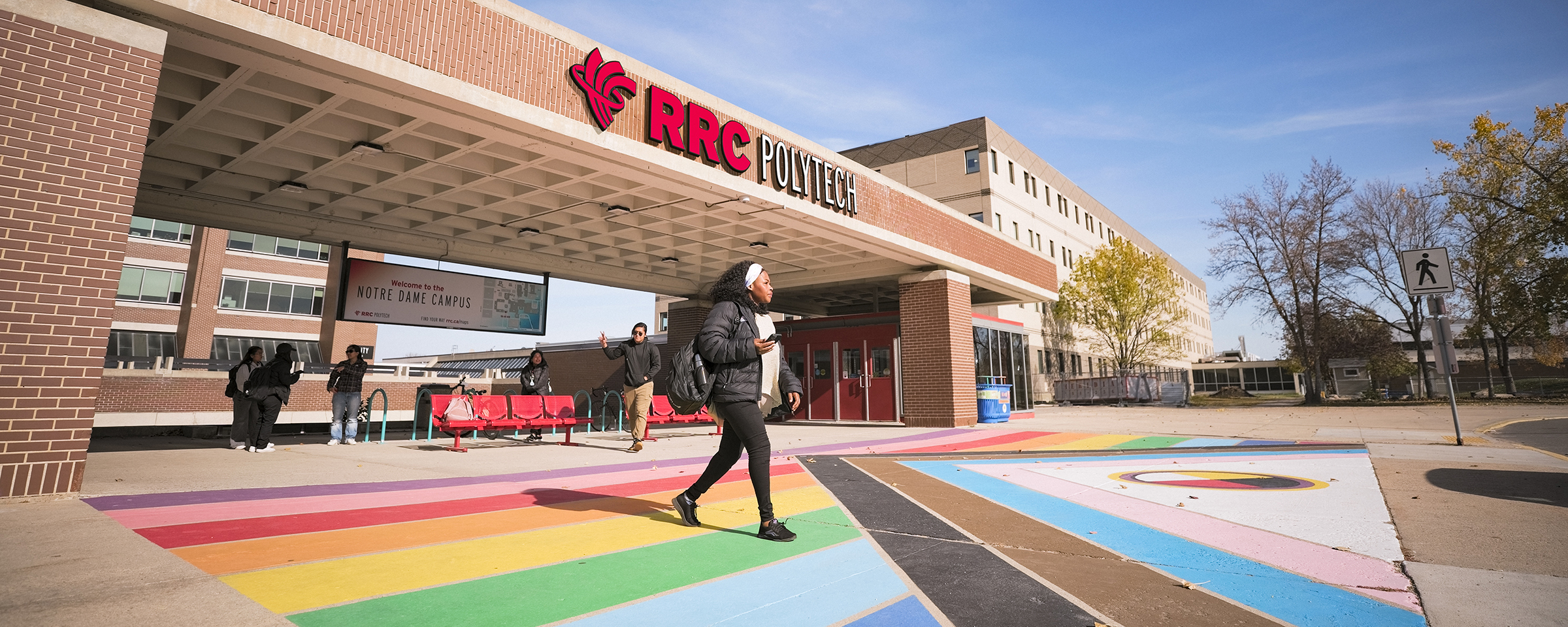College Enhances Partnerships with Brazil

(Left to right): James Slade, Instructor (ACCESS Model Programs), RRC Aboriginal Education; Renata Freitas, Project Assistant, RRC International Education; Virginia Maria Carvalho Freire, International Relations, Federal Institute of Maranhao (IFMA); Eddy Lau, Project Manager, RRC International Education; Reitor José Ferreira Costa, Dean, IFMA; Stevenson Alloso, Director, RRC International Education.
Red River College officials are meeting this week with partners from federal institutes in Brazil, to discuss a newly-announced government program that will see 100,000 Brazilian students studying overseas.
Earlier this fall, Brazilian President Dilma Rousseff announced “Science without Borders,” a new initiative in which 100,000 Brazilian students will be sponsored to study overseas — 75,000 of them by the Brazilian government, 25,000 by the public sector. The program aims to help Brazil cultivate a “scientific and technological elite,” and to assist learners in developing a global vision while building peaceful relationships with other countries.
Red River College is taking part in the project as a means of building on relationships established during the “1,000 Women” project — an earlier initiative that cultivated strong working relationships between Canada and Brazil, and served as the pilot for the Science without Borders program.
“The primary goal of the 1,000 Women project was to promote the social and economic inclusion of disadvantaged women from the northeast and north of Brazil,” says RRC President Stephanie Forsyth, “enabling them to improve their workforce potential, their lives, and the lives of their families and communities.”
Red River College is one of six Canadian colleges involved with the CIDA-funded initiative, which proved so successful it has now been expanded it to include 100,000 Brazilian women.
Last October, the College signed Memoranda of Understanding with five Federal Institutes in Brazil, while taking part in the first-ever Brazil-Canada Forum of Technical and Professional Education, in Rio de Janeiro.
The second Brazil-Canada Forum takes place this week in Montreal, where RRC reps are meeting with four of those Brazilian institutes to explore program and research opportunities, and to outline next steps.
Leaders from 37 Brazilian Institutes — as will as government representatives — are meeting in Montreal to foster ties with Canadian post-secondary institutes.

